It’s all about the music
Even Steve Jobs listened to vinyl.
The late Apple CEO, whose iTunes Store revolutionized the music business for the online era, “listened to vinyl” at home, Neil Young said in 2012. Young, who’s now hawking his $399 high-definition PonoPlayer, has a stake in the mythologizing of studio-grade sound, but he’s not the only believer. As compressed MP3 files and digital streaming services from YouTube to Pandora have become the norm for music listening, vinyl sales have skyrocketed from under a million in 2007 to potentially more than 8 million this year in the U.S. alone — in part thanks to the thinking that vinyl just sounds better.
Is that true? Kind of. Sometimes. It depends. The vinyl LP is a format based on technology that hasn’t evolved much over the last six decades: in some ways, it’s the audio equivalent of driving a Ford Pilot. Sonically, vinyl has both strengths and weaknesses compared to digital files, just as movie buffs have argued over the pros and cons of 35mm film against 4K digital. To break down what vinyl can really do, I spoke with Adam Gonsalves of Portland’s Telegraph Mastering. Gonsalves has worked with artists ranging from Sufjan Stevens to Steve Aoki and proudly owns a ’60s Scully lathe, the ruby-tipped device that cuts lacquer discs for plating and vinyl reproduction.
Cutting Vinyl is an Art —
Before weighing vinyl’s, ahem, good and bad sides, it helps to know how records are made. In brief, an engineer such as Gonsalves receives mixed recordings from the studio (or even a band’s laptop) to master and cut to a lacquer, which is mailed off to be impressed upon the sets of metal stampers which will press hundreds or thousands of PVC pellets into vinyl LPs. Not every mastering engineering cuts lacquers — lathes haven’t been made in decades and are in short supply, which keeps owners like Gonsalves busy — and Gonsalves is often sent digital files to work from rather than the all-analog tape one might expect.
The good
“Vinyl is the only consumer playback format we have that’s fully analog and fully lossless,” Gonsalves said. “You just need a decent turntable with a decent needle on it and you’re going to enjoy a full-fidelity listening experience. It’s a little bit more idiot-proof and a little bit less technical.”
The analog format allows for artists to transport their music from magnetic tape to LP to your speakers or headphones without the complications of digital conversion. This, ideally, is the closest one can get to what the artist intended — if the artist recorded on tape and sent the reels over to an engineer like Gonsalves to cut a lacquer master from. But whether its origins are digital or analog (more on this later), a vinyl disc should have more musical information than an MP3 file — so it should be an improvement on streaming sites such as YouTube or SoundCloud, especially on a good system.
Fighting the loudness wars: Digital music engineering, particularly for radio-bound music, is often marred by a volume arms race, which leads to fatiguing, hyper-compressed songs that squish out the dynamics and textures that give recordings their depth and vitality. Vinyl’s volume is dependent on the length of its sides and depth of its grooves, which means an album mastered specifically for the format may have more room to breathe than its strained digital counterpart. The longer an album, the quieter it gets: Gonsalves played me Interpol’s lengthy debut album and a 12-inch Billy Idol single, and the decibel difference — without any distortion creeping in — was remarkable.
The bad
“All-analog” doesn’t always happen: Many modern vinyl records are produced from digital masters, either recordings made natively in software such as Pro Tools or converted from tape before being sent along for mass production. When I visited Gonsalves, he was working on My Brightest Diamond’s new album — from his computer. But analog-to-digital conversion (and vice versa) has come along quite a bit since the birth of the CD, and Gonsalves says he asks for high-definition, 24-bit files to master from if digital’s the option.
Still, as artists and labels hop on the vinyl trend, some new vinyl releases may be mastered from CD-quality audio, not the high-resolution formats audiophiles and folks like Neil Young adore. Is a CD-quality album going to sound more accurate on vinyl than a CD? Nope. But it will sound more vinyl-y, if that’s your preference.
“There’s basically nothing you can do to make an hour-long album on one record sound good,” Gonsalves said. Vinyl’s capable of a lot, but only if the grooves are wide enough for the needle to track them properly. A longer album means skinnier grooves, a quieter sound and more noise. Likewise, the ear-rattling sounds of dubstep weren’t really meant for your turntable. “If you had taken Skrillex into Motown Studios, they would’ve said, ‘It’s uncuttable!’” Gonsalves said, thanks to the strain the high-energy music would put on the needle’s journey.
The beginning of an album side sounds better than the end: As the album’s circumference shrinks toward the middle, the needle speed changes and it can’t follow every millimeter of the groove. If the song that closes side A or B is a complicated one — say, one with a busy harmonica solo — it may well sound less than hi-fi. That’s why those double-LPs are worth the extra flipping.
Surface noise: “The warm sound of the vinyl, that’s a form of noise that you get from dealing with the lacquer material and having it go through this manufacturing process,” Gonsalves said. The vinyl format can generate other issues: crackles and pops, records that skip and the whine of a needle against the LP, all problems that the CD advertised itself on solving decades ago. But for many, these sounds are just part of the vinyl experience, adding to the charm of a format that takes some extra effort — and often rewards it.



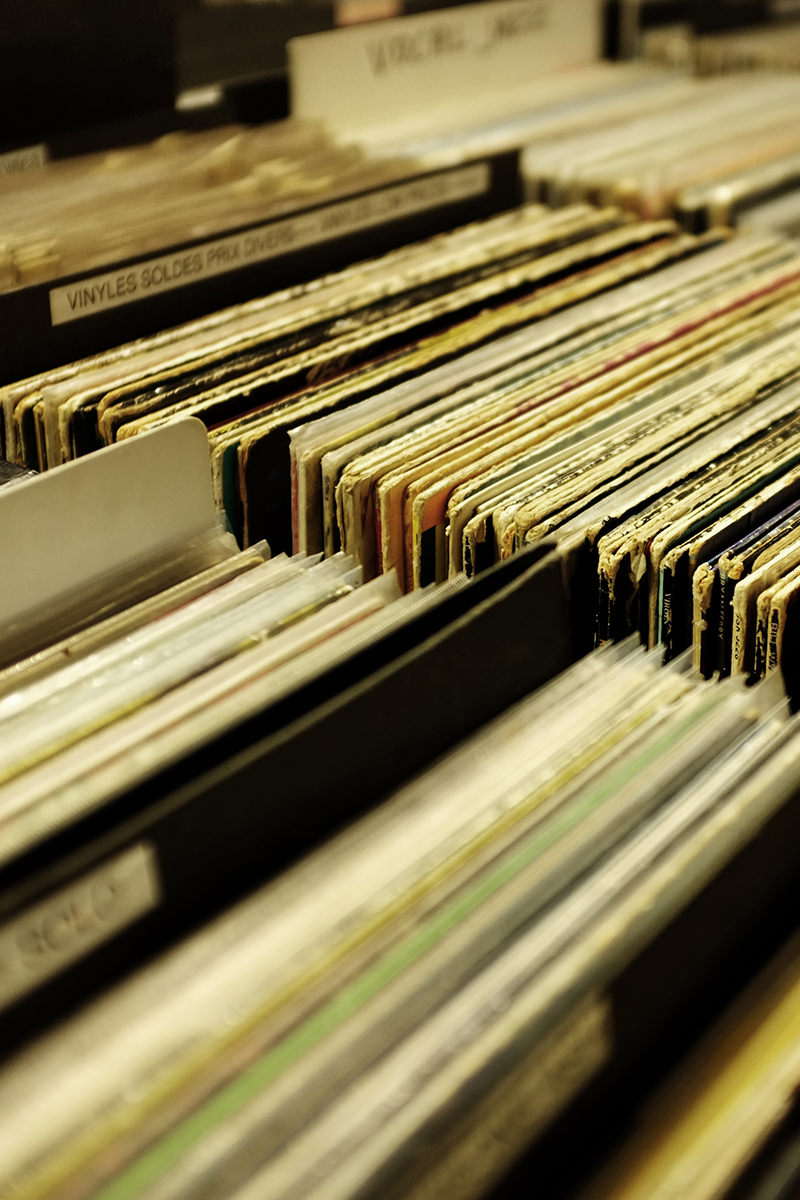
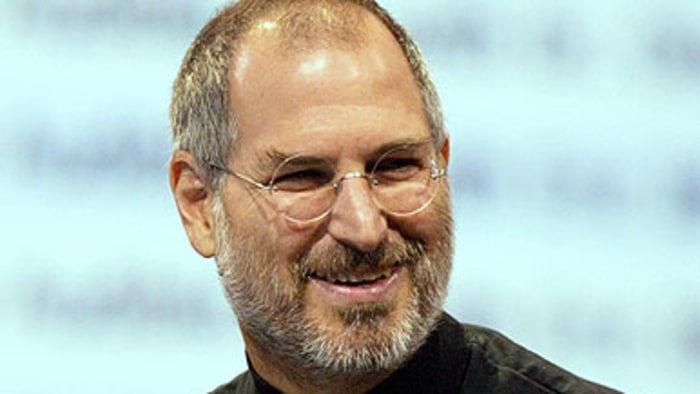

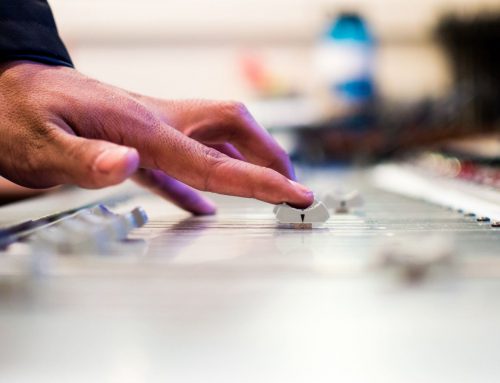
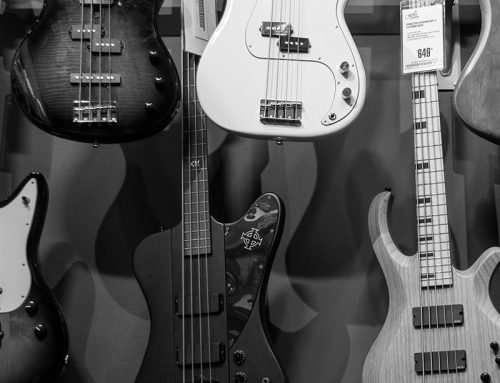
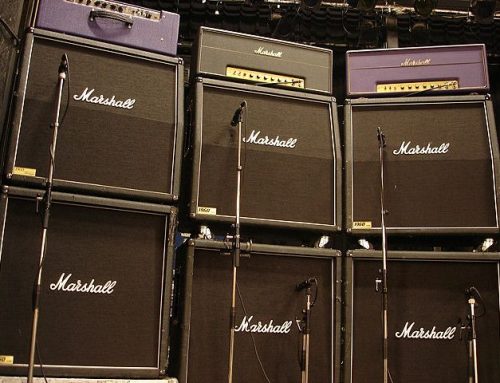
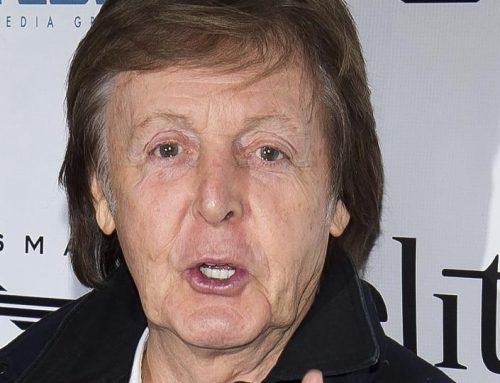
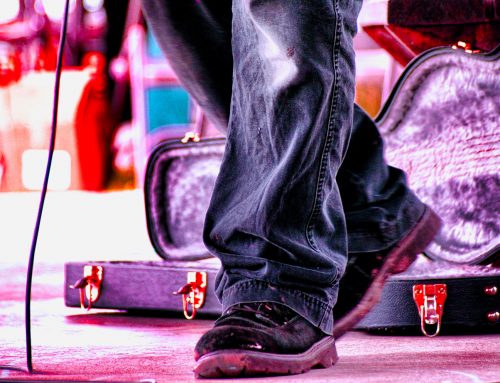

Leave A Comment
You must be logged in to post a comment.